Hydraulic torque wrenches are powerful tools that are commonly used in industrial and manufacturing settings to tighten and loosen bolts and nuts. However, like any tool, they can encounter problems that can affect their performance and reliability. Here are some common problems and solutions for hydraulic torque wrenches.
- Leaks:
Leaks can occur in the hydraulic system due to damaged seals, connections, or hoses. Leaks can reduce the pressure and flow of hydraulic fluid, leading to a decrease in the tool’s torque output
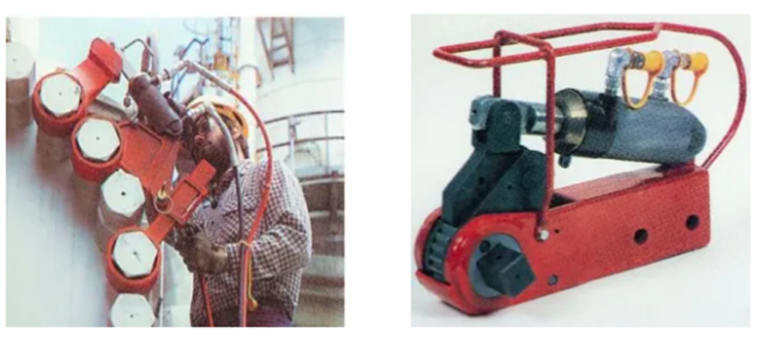
Solution: Regular inspection and maintenance of the hydraulic system can help prevent leaks. Replace damaged seals, hoses, and connections as soon as possible to avoid further damage.
2. Damaged Square Drives:
- This particular problem is for Square Drive Hydraulic Torque Wrenches There can be chipping away or rounding off of the corners. The concentration of forces at the pinhole meant for Sockets is also a probable cause.
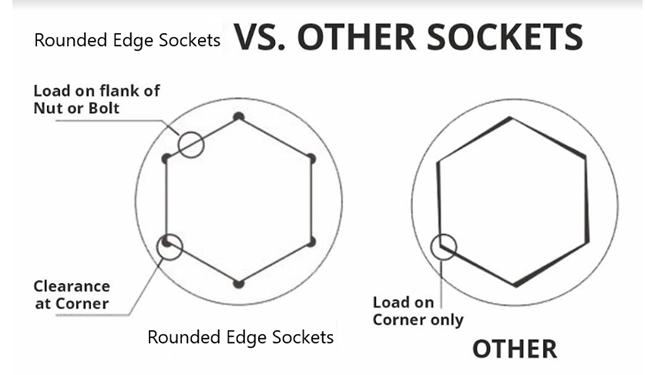
Solution: The correct Impact socket type and size is necessary, this would ensure that the socket is snugly fit on the square drive and has rounded corners on the opening side, thus allowing the forces to be livied on the flanks instead of the corner. This is apart from the fact that the optimum range of torque must be applied.
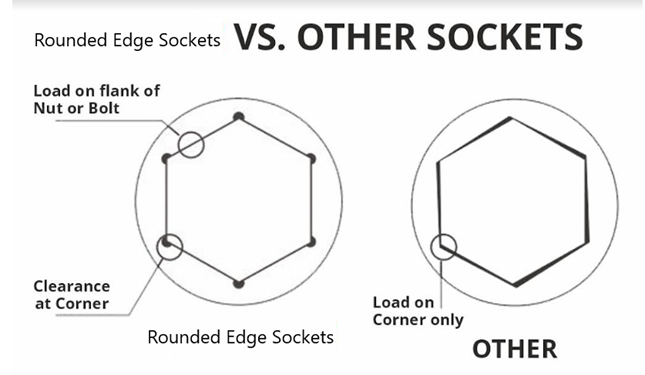
3. Incorrect Torque:
If the torque output is incorrect, it can lead to over-tightening or under-tightening of bolts or nuts, which can cause damage to equipment or create unsafe conditions
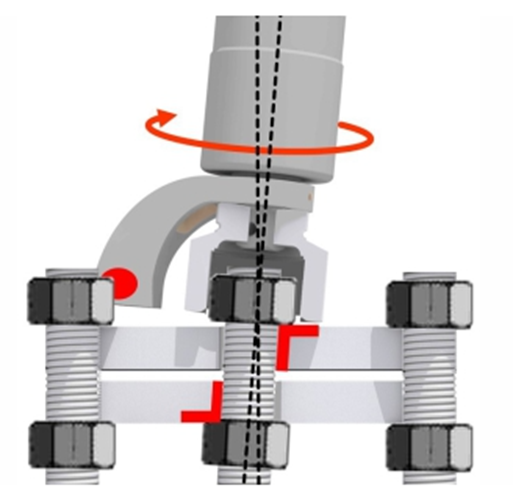
Solution: Check the hydraulic torque wrench for proper calibration and ensure it is set to the correct torque specification for the job. Regular calibration checks can ensure the tool is performing correctly. Incorrect Positioning of the reaction arm is another factor that results in incorrect torque. Ensure the hydraulic torque wrench is correctly aligned with the bolt or nut before use, and check for any debris or obstructions in the tool or on the bolt or nut. Regular cleaning and lubrication can also help prevent binding.
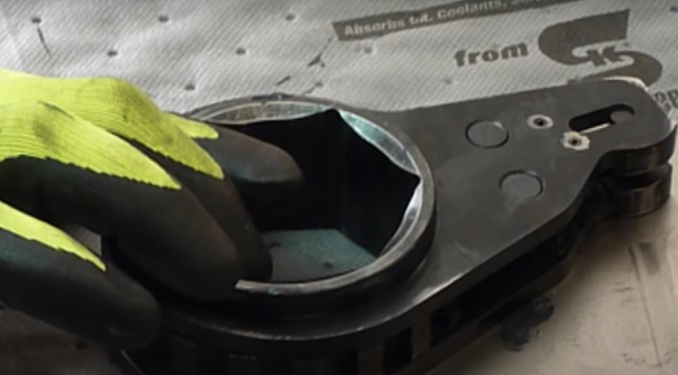
4. Overheating:
Hydraulic torque wrenches can overheat due to prolonged use or overloading, which can cause damage to internal components and reduce the tool’s lifespan.

Solution: Allow the tool to cool down between uses, and avoid overloading the tool beyond its capacity. It’s also important to use the correct amount and type of hydraulic fluid, as specified by the manufacturer.
5. Stripped Bolts:
If a bolt or nut is stripped during use, it can make it difficult to remove and can damage the tool.
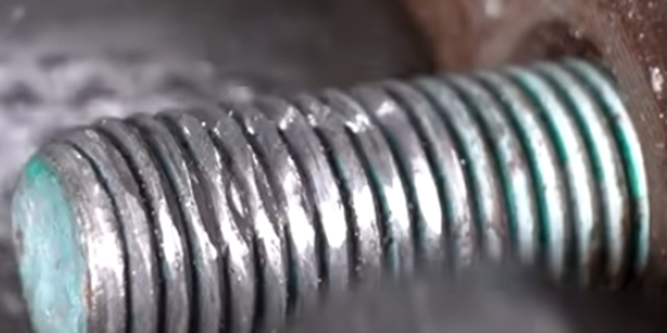
Solution: Ensure the hydraulic torque wrench is set to the correct torque specification for the job to prevent over-tightening, which can cause bolt stripping. If a bolt or nut becomes stripped, use a different tool or method to remove it and avoid damaging the hydraulic torque wrench.
- Follow the Instruction manual, as high-pressure devices like Hydraulic Torque Wrenches can jeopardize the safety of the user. The usage of incorrect methods to absorb reaction forces such as sandwiching a piece of wood or metal as a cushion to overcome the short length of the reaction arm can also harm the operator if any loose object is pinched and propelled by the reaction forces in unpredictable directions.
- Substituting the recommended hydraulic oil with a substandard grade shall only serve as an impetus to leaks and failure to build up pressure. Substituting a cheaper tool to save on Hydraulic torque wrench price can prove to be expensive as sudden failures with unreliable tools are observed from time to time. Avoid these by having a look at the user experience and customer after-sales support.
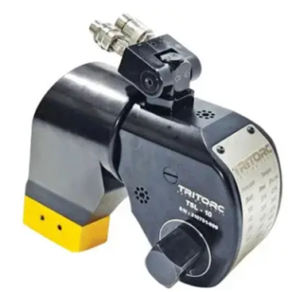
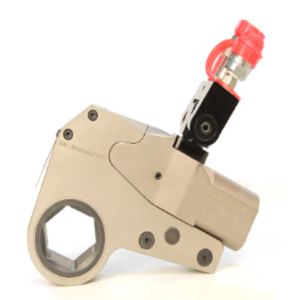
To summarize, regular maintenance, proper use, careful attention to the tool’s performance, and choosing better tools from trusted hydraulic torque wrench manufacturers can help prevent common problems and ensure the hydraulic torque wrench is operating safely and efficiently.

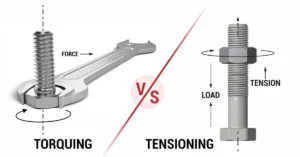

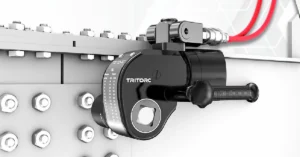
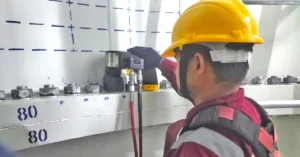
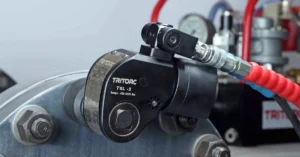
Leave a Reply